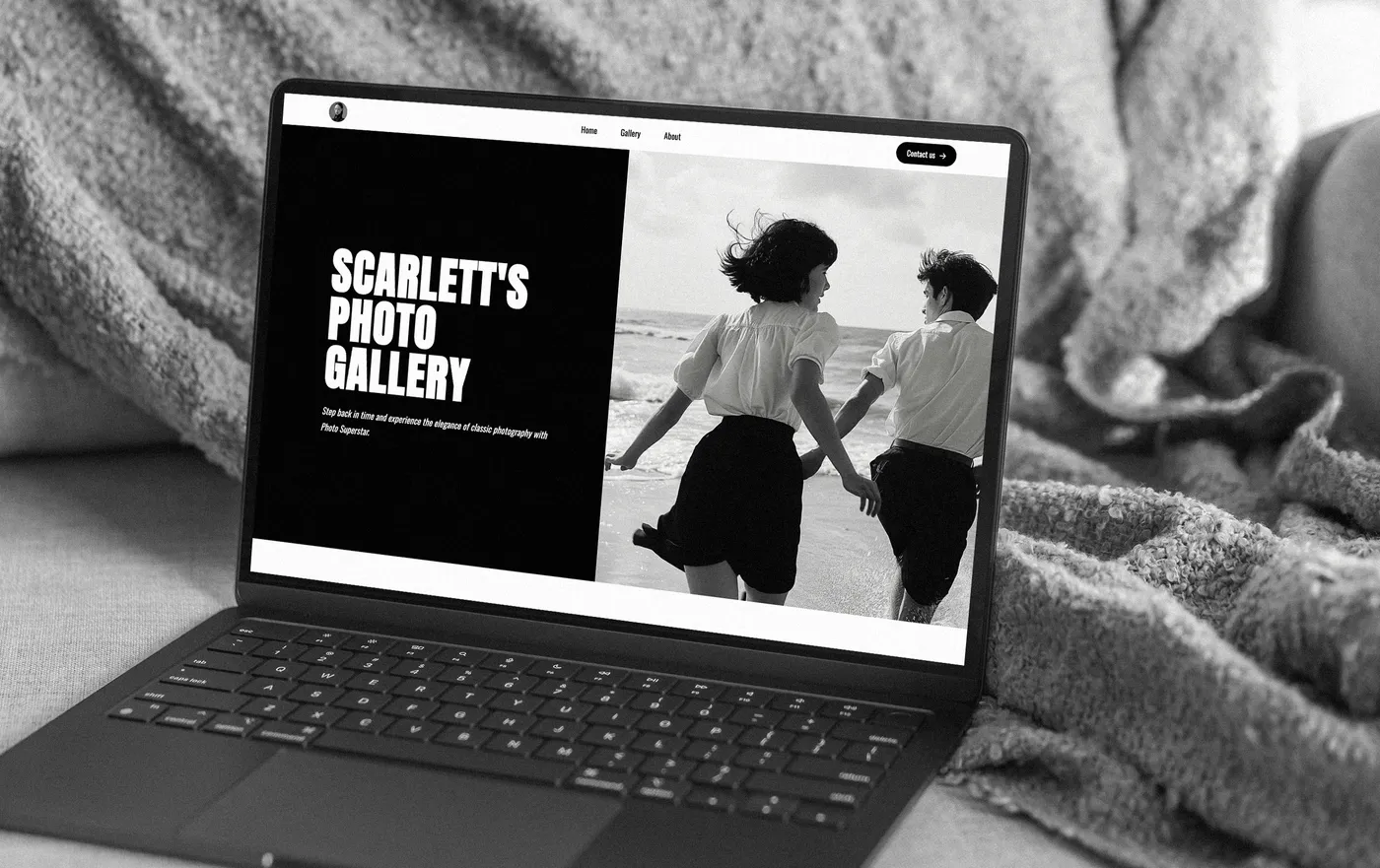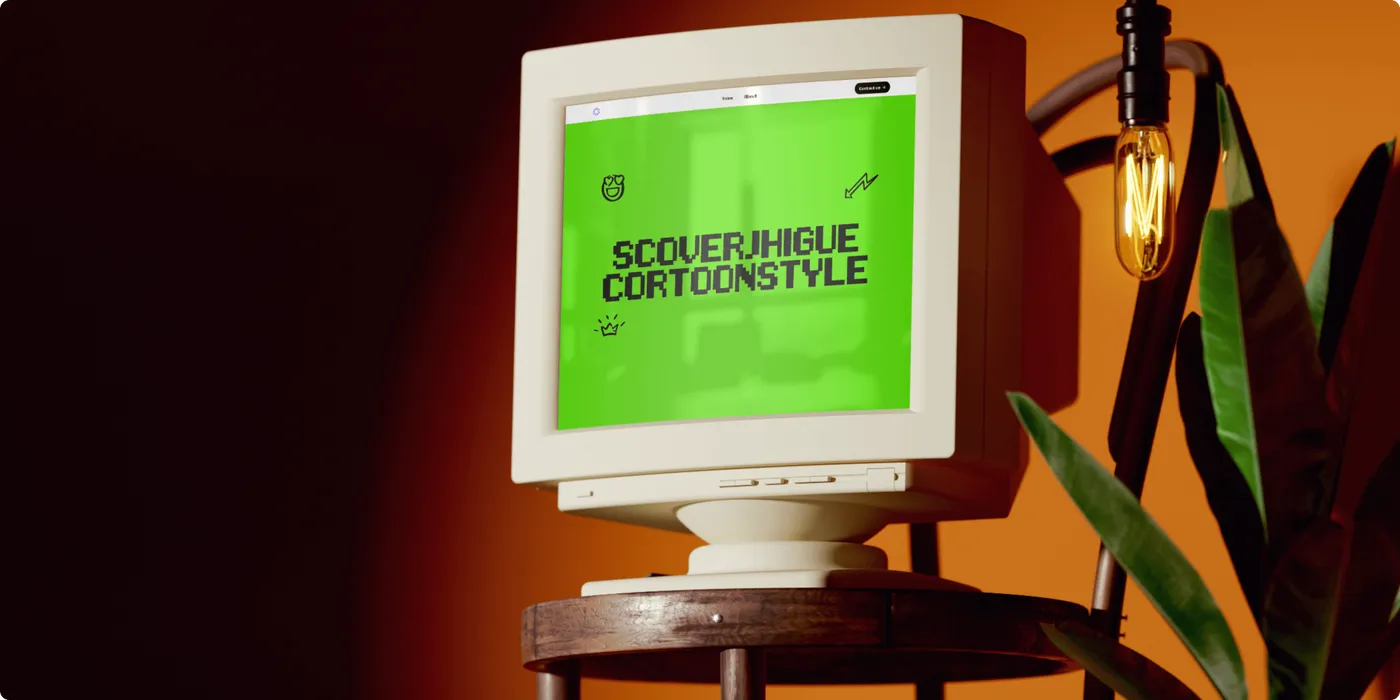Log in
Build Your Site
Wegic The First AI Web Designer & Developer by Your Side
Can Help You Create and Modify Websites Through Simple Conversations

HOW TO CREATE WEBSITES WITH WEGIC

WEGIC'S PRICING STRATEGY
Latest Posts
Glimpse Into The Dynamic Landscape Of Our Recent Insights & Trends.
WebflowDec 23, 2025
10 Christmas Website Templates for Holiday Sales and PromotionsWebflowDec 23, 2025
11 Christmas Website Design Ideas and Inspiration for Holiday SitesWebflowDec 23, 2025
Best AI Website Builders for Beginners in 2026 with Simple WorkflowsPopular Articles
ExperiencesSep 14, 2025
Get Free TikTok Likes in 2025 and Grow Your WebsiteExperiencesSep 14, 2025
Get Free TikTok Views in 2025: Drive Traffic to Your WebsiteFeatured
ExperiencesSep 4, 2025
Free TikTok Followers in 2025: From Profile Hacks to Lasting GrowthExperiencesSep 14, 2025
How to Claim Your ChatGPT Plus Free Trial for Website BuildingMarketingSep 2, 2025
How to Get TikTok Likes Free in 2025 (and Turn Them Into Real Value)Must-see
ExperiencesJun 25, 2025
Top 10 Websites to Watch Korean Dramas in 2025OtherSep 1, 2025
10 Best Free No-Code App Building Sites for Simple SolutionsMarketingJun 24, 2025
Costco Affiliate Program for Beginners: Sign Up and Start EarningExperiencesSep 5, 2025
How to Get Free TikTok Views and Turn Them Into Website SuccessExperiencesSep 28, 2025
Top 10 Free Anime Streaming Sites 2025 (Safe & Legal)AI Website Builder
Various industries and website types leverage Wegic to generate outstanding websites. Wegic provides detailed tutorials and ideas.
Webpages in a minute, powered by Wegic!
With Wegic, transform your needs into stunning, functional websites with advanced AI
Free trial with Wegic, build your site in a click!


